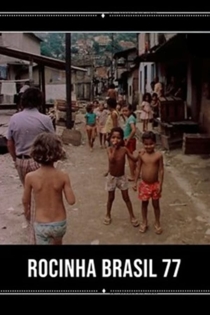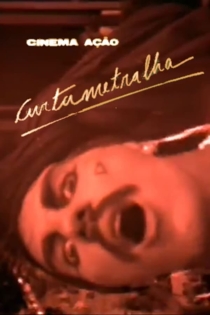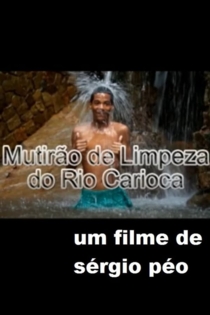
Sérgio Péo
2021Pira
Sérgio Péo
A film in Super-8 by Sérgio Péo. Documentary scenes from everyday life and performance gestures are mixed in this fast montage of images produced on the streets of Rio. Phrases written on the asphalt (or extracted from signs and newspapers) punctuate the entire film.
Pira
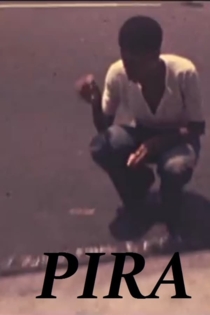
Rio Uruçumirim
Noilton Nunes, Sérgio Péo
Rescue bridge of the Tupinambá de Uruçumirim village, headquarters of the Tamoia Confederation until 1567, when it was destroyed in a genocidal operation, commanded by Portuguese led by Estácio de Sá, with the support of the Jesuits Manuel da Nóbrega and Anchieta, here founding the city of Rio de January. Testimony and contemporary point of view from Pajé Sapaim Kamayurá.
Rio Uruçumirim
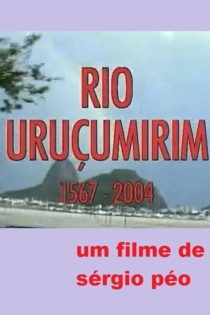
Contradições Urbanas
Sérgio Péo
Who owns the public space? Urban Contradictions documents the State's poorly planned interventions in public spaces, segregating social strata, the neglect of the problems resulting from this social exclusion. Condomínio Selva de Pedra, Cruzada São Sebastião, both in the upscale neighborhood of Leblon, Rio de Janeiro. And the traditional neighborhood of Catumbi: Solutions, Organizations and Contradictions. Urban Contradictions is the report of an investigation on citizen identity and the use of urban spaces.
Contradições Urbanas
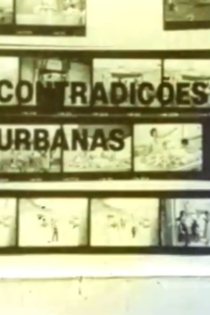
Associação de Moradores do Guararape
Sérgio Péo
Documentary of the unique Rio favela, whose property was legally acquired by the community, in the sophisticated neighborhood of Cosme Velho. Statement by the president of the Residents 'Association, denouncing the authorities for non-compliance with residents' rights.
Associação de Moradores do Guararape
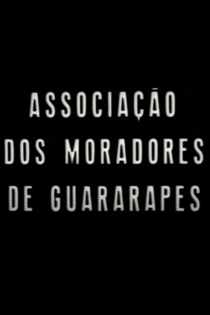
ABC Brasil
José Carlos Asbeg, Luiz Arnaldo Campos
Luiz Inácio Lula da Silva
Documentary about the resumption of the workers 'movement during and after 17 years of dictatorship, led by the metallurgists of ABC Paulista (Luiz Inácio Lula da Silva) that culminated in the creation of the Workers' Party - PT
A, B, C, Brasil
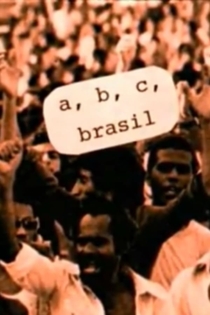
O Muro
Sérgio Péo
Breno Moroni
Rehearsal with the actor Breno Moroni, interpreting the paintings executed on the Parque Lage wall by the artists who worked at the School of Visual Arts - Generation 80. Period that started the expression of the graphics / mural in Rio de Janeiro.
O Muro
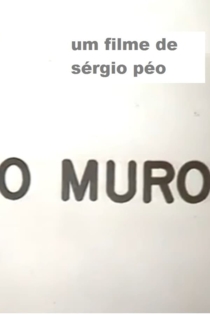
Monumento a Uruçumirim
Sérgio Péo
Manifesto of the Pataxó tribe, with the testimony of the chief José Guajajara, in front of the Monument to Estácio de Sá, where the Tamoios massacre took place in 1567, on the coincident day that celebrates the foundation of the city of Rio de Janeiro, 20 January.
Monumento a Uruçumirim

O Ouro de Serra Pelada
Sérgio Péo
Testimonial film with Eliezer Jucá Soares, president of the Mixed Cooperative of the Garimpeiros of Serra Pelada, COMGASP. Pioneers of the mining of the great tectonic breach in the region of Araguaia, southern Pará, claim their mining rights in a region that has been the center of attention of the country and the world since the beginning of the 70s, when the Guerrilla that challenged the Military Dictatorship .
O Ouro de Serra Pelada
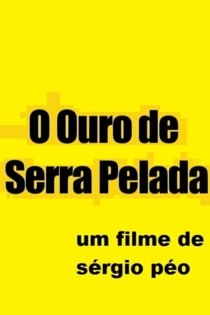
Olho no Olho
Sérgio Santeiro, Sérgio Péo
Criticism of renowned filmmakers to the boycott of the 1976 Law that regulated the exhibition of short films in commercial movie theaters in Brazil. The success of the result of this Law fostered the production of films in this category that were very well received by the public. Olho no Olho is a denunciation of the colonialist power that strangles the national audiovisual media and aims to reformat the world in its image.
Olho no Olho

Marajó: A Origem das Águas
Sérgio Péo
Film started in 1991, interrupted due to technical problems and finished in 2010. The camera travels along the banks of the Amazon, focusing on the diversity of virgin flora. Walks among trails of kindling culminating in the folkloric march of Marajoara rhythms. The film is a tribute to Professor Lindalva Caetano, Researcher of Folklore Marajoara.
Marajó: A Origem das Águas

Rocinha 76/96
Sérgio Péo
The camera goes back through the alleys and alleys of the community, leading the viewer to compare, with simultaneous shots of 76 and 96, the little or almost nothing that was accomplished, the neglect of the State, the abandonment over the 20 years. Finishing with a virtual image of the colored facades, as part of the proposed urbanization.
Rocinha 76/96

Rocinha Brasil 77
Sérgio Péo
About the Rocinha favela, the largest in Rio de Janeiro. A camera tour reveals their paths and intimacies, while the speech of their residents points to the solution of the urbanization of the favelas, in contrast to the removal proposal, a threat that hangs over everyone.
Rocinha Brasil 77
